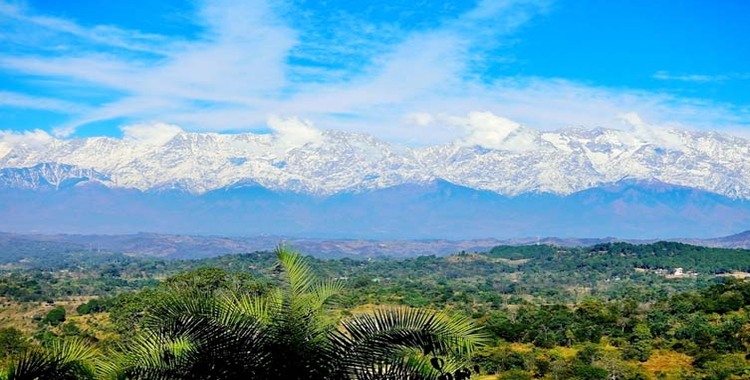
Nestled in the western Himalayas, the Dhauladhar mountain range is a breathtaking sight that captivates the hearts of all who lay eyes on it. While you may not “visit” the Dhauladhar range in the traditional sense, its snow-capped peaks and verdant valleys are best experienced from charming towns like Dharamshala and McLeod Ganj. Join me as I share my experiences and insights from multiple visits to these enchanting locales.
The Dhauladhar mountain range, often referred to as the “White Range,” is a majestic part of the western Himalayas, spanning several districts of Himachal Pradesh. Its snow-capped peaks, lush valleys, and rich biodiversity make it a treasure trove for nature lovers, adventure enthusiasts, and cultural explorers. Let’s dive into the captivating story of the Dhauladhar range.
Geography and Landscape
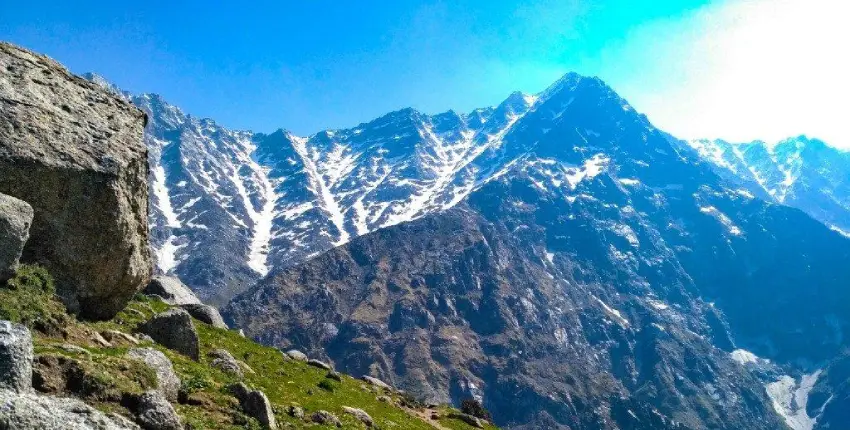
Location and Extent
The Dhauladhars extend from the Poti valley in Kangra district to the bank of the Sutlej river in Lahaul and Spiti district. The range runs for about 160 kilometers, with peaks reaching heights of up to 5,900 meters. The main peaks include Hanuman Tibba, Minkin, and Gekhu.
Major Valleys and Glaciers
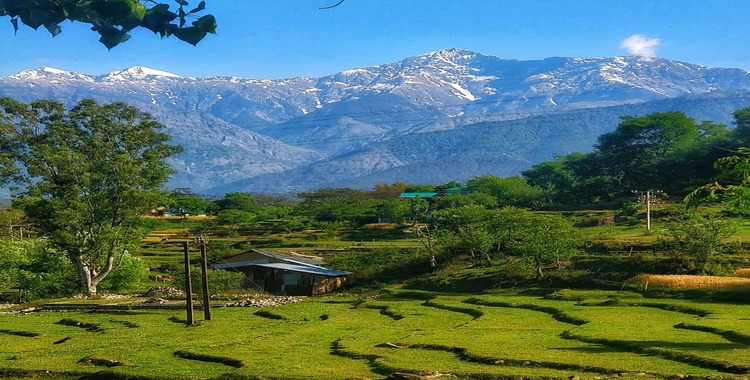
The Dhauladhar range is home to several significant valleys and glaciers, each with its own charm and beauty:
- Kangra Valley: Known for its picturesque landscapes, tea gardens, and historical significance.
- Chamba Valley: A hidden gem with its pristine forests and traditional villages.
- Parvati Valley: Famous for its trekking routes and spiritual significance, including the Kheer Ganga and Malana trek.
- Spiti Valley: Known for its high-altitude desert and ancient monasteries.
Climate
The climate in the Dhauladhar region varies significantly with altitude. The lower valleys experience mild to warm temperatures, while the higher altitudes are much colder, with heavy snowfall during the winter months. The best time to visit is from April to June and September to November, when the weather is pleasant and the views are clear.
Flora and Fauna
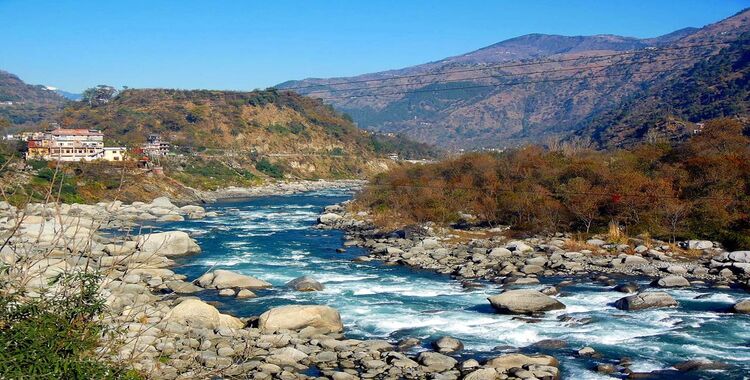
Biodiversity
The Dhauladhar range is a haven for biodiversity, supporting a wide variety of plant and animal species:
- Flora: The lower slopes are covered with dense forests of oak, pine, and rhododendron. Higher altitudes are home to alpine meadows and snow-covered peaks.
- Fauna: The region is home to the Himalayan black bear, snow leopard, musk deer, and a variety of bird species, including the monal pheasant and the Himalayan monal.
Conservation Efforts
Several conservation efforts are underway to protect the fragile ecosystem of the Dhauladhar range. National parks and wildlife sanctuaries, such as the Kheerganga Wildlife Sanctuary, play a crucial role in preserving the natural habitat.
Adventure and Exploration
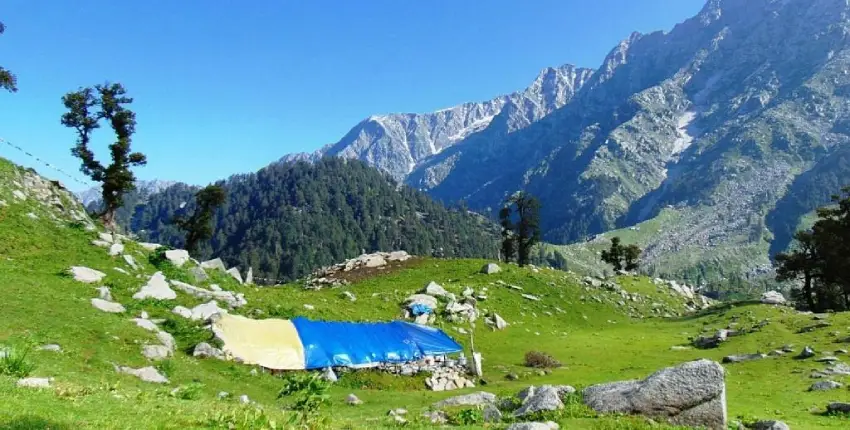
Trekking
The Dhauladhar range offers a plethora of trekking routes, suitable for all levels of experience:
- Triund Trek: A popular day trek from McLeod Ganj, offering panoramic views of the Dhauladhar range.
- Rakkar to Dhauladhara: A moderate trek that takes you through the lush forests and quaint villages of the Kangra valley.
- Kheerganga Trek: A challenging trek that leads to a hot water spring and offers stunning views of the Parvati valley.
- Slover Pass Trek: A high-altitude trek that passes through alpine meadows and offers breathtaking views of the Dhauladhar range.
Paragliding
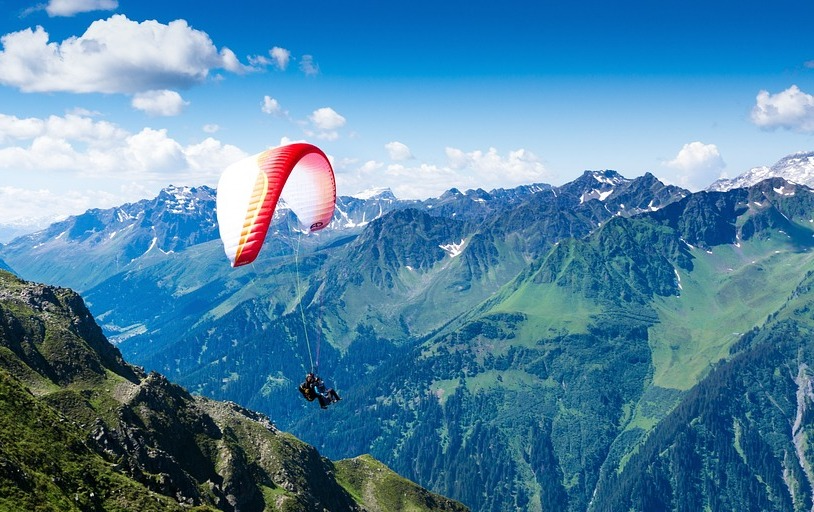
Paragliding from Tandarra in Bhagsu is a thrilling experience, offering panoramic views of the Kangra valley and the Dhauladhar range. The clear skies and favorable winds make it an ideal spot for beginners and seasoned paragliders alike.
Rafting and Kayaking
The Beas and Ravi rivers, which originate in the Dhauladhar range, are popular for white-water rafting and kayaking. The Beas River, in particular, offers both gentle and challenging rapids, making it suitable for all levels of experience.
Cultural Significance
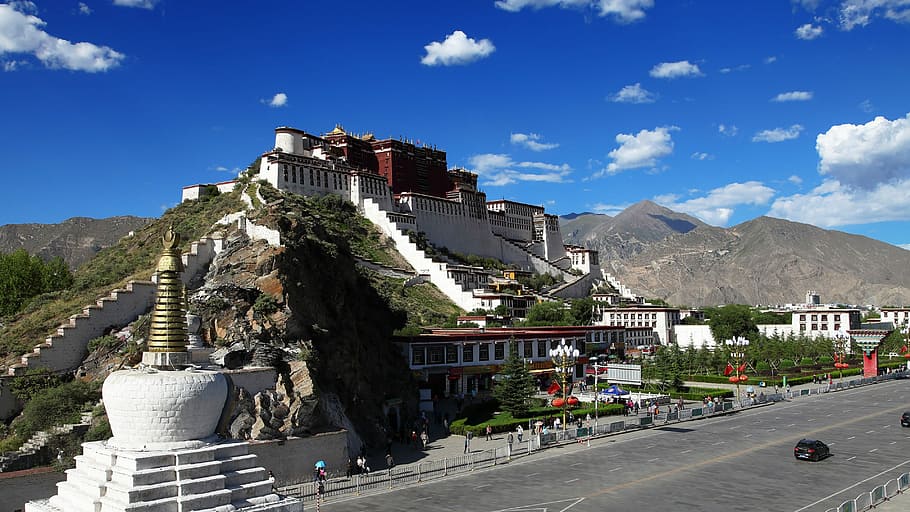
Historical and Religious Sites
The Dhauladhar range is steeped in history and mythology, with numerous temples and monasteries dotting the landscape:
- Bhairo Ka Talab: A sacred lake in the Kangra district, believed to have healing properties.
- Bakrota Hills: Home to the famous Kali Mata Temple, a significant pilgrimage site.
- Dharamshala: Known for the Dalai Lama Temple and the Tibetan Institute of Performing Arts, it is a center of Tibetan culture and spirituality.
Local Communities
The local communities, including the Gaddi and Gujjar tribes, have a rich cultural heritage. Their traditional practices, such as yak herding and weaving, are an integral part of the region’s identity. Engaging with these communities provides a deeper understanding of the area’s cultural tapestry.
Tips for Travelers
Best Time to Visit
- April to June: Pleasant weather and blooming flora.
- September to November: Clear skies and cooler temperatures, ideal for trekking and outdoor activities.
What to Pack
- Layered Clothing: The temperature can vary significantly throughout the day.
- Comfortable Footwear: Essential for trekking and exploring.
- Sun Protection: High-altitude sun can be intense.
- First Aid Kit: Always carry basic first aid supplies.
Local Customs
- Respectful Behavior: Remove your shoes before entering temples and homes.
- Ask for Permission: When taking photos of locals.
- Sustainable Practices: Respect the environment and leave no trace.
In Nutshell…
The Dhauladhar mountain range is more than just a geographical feature; it is a living, breathing entity that has shaped the lives and culture of the people of Himachal Pradesh. Whether you’re trekking through its lush valleys, paragliding over its snow-capped peaks, or exploring its rich cultural heritage, the Dhauladhar range offers a profound and unforgettable experience. So, pack your bags, embrace the journey, and let the majesty of the Dhauladhar range leave an indelible mark on your soul.
Dhauladhar Mountain Range FAQ:
What is Dhauladhar Mountain Range?
Dhauladhar, often referred to as the “White Range,” is a mountain range located in the Kangra and Chamba districts of Himachal Pradesh, India. It is a part of the larger Himalayan mountain system and is known for its breathtaking snow-capped peaks, lush valleys, and vibrant culture.
What is the highest peak in the Dhauladhar Range?
The highest peak in the Dhauladhar Range is Hanuman Tibba, which stands at an elevation of 5,633 meters (18,481 feet) above sea level. It is a popular destination for mountaineers and trekking enthusiasts.
Where is the Dhauladhar Range located?
The Dhauladhar Range is situated in the western Himalayas, primarily in the Kangra and Chamba districts of Himachal Pradesh, India. It extends from the river Ravi in the west to the river Beas in the east.
What are the popular trekking routes in the Dhauladhar Range?
Some of the most popular trekking routes in the Dhauladhar Range include:
McLeod Ganj to Triund
Dharamkot to Kareri Lake
Bhagsu to Indrahar Pass
Dharamkot to Dal Lake
Palampur to Kangra Fort
What are the best places to stay near the Dhauladhar Range?
Popular places to stay near the Dhauladhar Range include:
Dharamshala: Known for its Tibetan influence, monasteries, and scenic views.
McLeod Ganj: A charming town that serves as a base for many treks.
Palampur: Known for its tea gardens and beautiful landscapes.
Kangra: Home to the famous Kangra Fort and historical temples.
What are some must-visit places in the Dhauladhar Range?
Triund Hill: Offers panoramic views of the Dhauladhar Range and the Kangra Valley.
Kareri Lake: A serene glacial lake surrounded by pine and deodar forests.
Dharamshala: Known for its spiritual significance and the Dalai Lama’s residence.
Palampur: Famous for its tea gardens and peaceful atmosphere.
Snowfall In Himachal: Updates, Forecast And More In 2025
[…] be heaviest in the higher reaches of the state, including the Himalayan mountains, Pir Panjal, and Dhauladhar ranges. The lower elevations, including the towns and cities, are also expected to receive some snowfall, […]